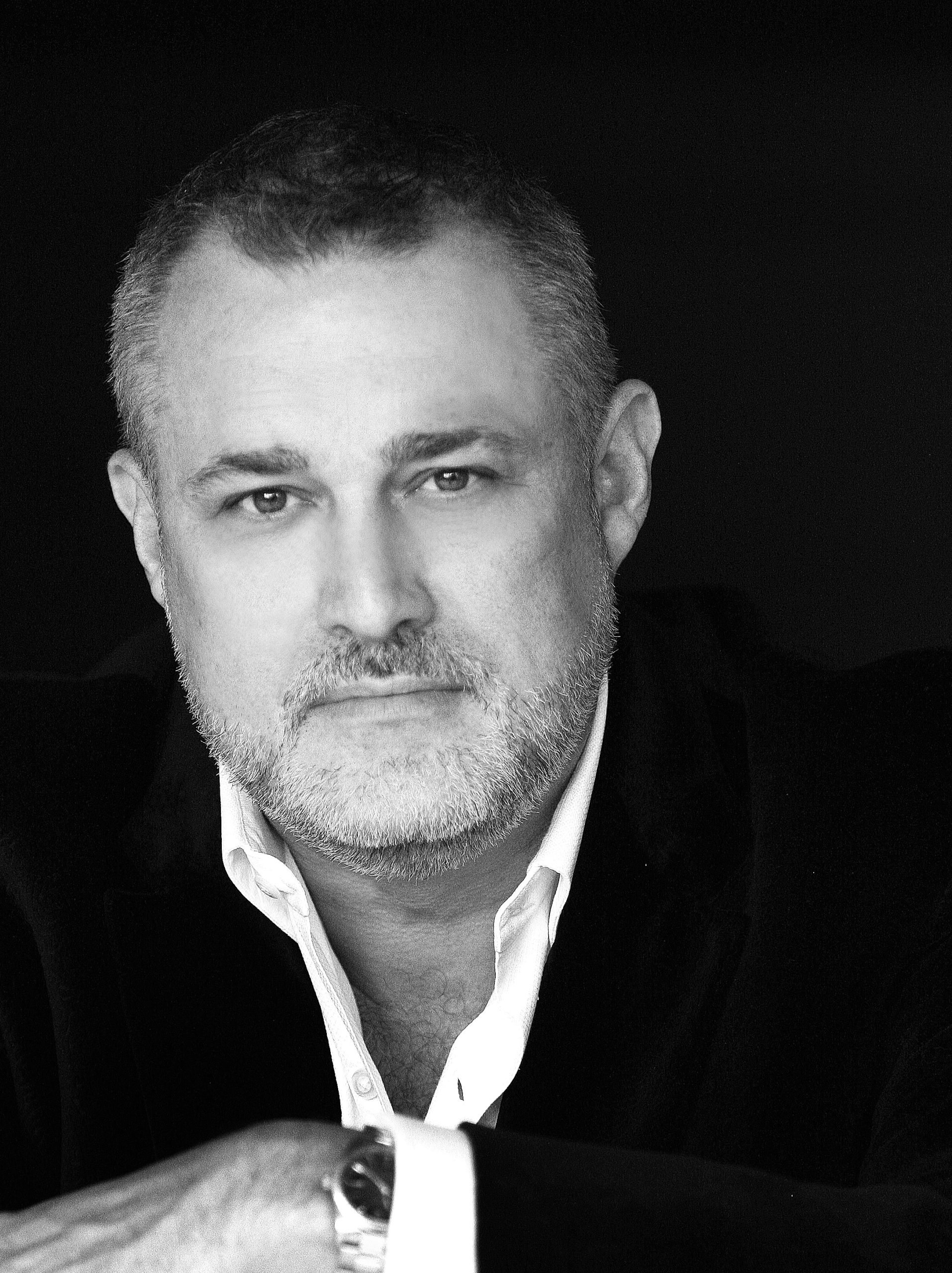
What Do the Brooklyn Bridge & the Golden Gate Bridge Have in Common with M&A?
Everybody has a plan until you get punched in the mouth.
While many people credit that quote to former heavyweight champion Mike Tyson, it traces back to Prussian field general Helmuth von Moltke the Elder, who said, “No plan survives first contact with the enemy” back in the 19th century.
That idea was a theme that ran through my recent interview with Bill Sanders, the Principal and Senior Consultant at Roebling Strauss, a consulting firm that helps companies once they’ve come together align processes and platforms.
It wasn’t the only history lesson I got during our conversation, either. More on that down below.
Changing plans, pivoting, or whatever you want to call it, have become buzz words during the COVID-19 pandemic. While things are different at every company, they’re about to get really different everywhere soon.
Analysts say we could be heading into a ‘golden age’ of mergers and acquisitions. In fact, most experts agree it’s likely to accelerate during COVID, including Bill. He says to look for an active fourth quarter. However, whether businesses will be scaling up and gobbling up their competitors while capital is cheap or whether it becomes a matter of survival, M&As aren’t anything new. Companies being acquired was a trend before the pandemic.
“Weak businesses are going to be snapped up because they need it. They need a lifeline,” Bill says. “In fact, I just talked to somebody a couple of weeks ago. They just paid $1 and took over a new business with 15 people in it just to keep those jobs alive.”
This is something the struck me, because here at the C-Suite Network we’ve been preaching, and practicing business continuity and helping others during this difficult economic time for many. It’s all about building bridges and making connections, which is something Bill takes to heart, literally!
Bill founded his company, Roebling Strauss, and decided to name it after two of the most iconic bridges in our country, John Roebling, the Brooklyn Bridge designer, and Joseph Strauss, who designed the Golden Gate Bridge. Bill says he sees his work combing companies as building bridges between two places that weren’t connected before.
“People would comment to me, ‘you’re really a bridge builder. You really like building relationships and bridging problems,'” Bill recalled. “I thought, ‘I’ve got a partial engineering background from electrical engineering and then finished in computer information systems, but maybe I better start reading up on bridges.’ I found a couple of heroes in the chief architects of the Brooklyn Bridge and the Golden Gate Bridge. They were both people who put people ahead of profits.”
Then Bill gave me a quick bridge history lesson.
“On the Roebling side, they were just beginning to find out what Caisson Disease is. They were driving the caissons down to the bedrock and bringing (workers) up too fast. They were basically getting the bends. Nobody knew what it was. (Roebling) flew doctors in from all over. He’d go up several times a day himself. He basically put himself in bed for the rest of his life. He was bedridden while he finished the bridge by giving instructions to his wife, who was basically the general contractor.”
“On the Strauss side, he’s the first one to hang safety netting. There’s a great movie called Halfway to Hell about the 19 men that were saved on that bridge long before OSHA or anybody said you have to do this. (Strauss) said losing lives does not have to be the cost of doing business.”
People like Roebling and Strauss have what we at the C-Suite Network like to call The Hero Factor, leaders who put people over profit.
We continued the conversation talking about business and the trends we’re both seeing. You’ve probably heard me say during the pandemic. “Days become weeks. Weeks become months. Months become years.” All because change is happening so fast. COVID has been an accelerant for businesses everywhere. Bill has a similar take. He says we’re living in dog years. We’re getting about seven years of experience in just one year.
“We have this kind of exponential convergence of all these technologies mashing together all the sociological change. What’s happening is businesses are starting to see the gaps between what they think they do and what their customers think they do,” Bill said. “Now they’re changing so fast if you don’t have a system to stay in touch with those customer wants and needs, then you may think you’re delivering, and it could have been exactly what they wanted three months ago.”
How do companies know how to respond to customer needs during these unusual times? Bill says it’s never too late to pivot. If you do, have a plan to help your team members who are closest to the customers feed information to those in your organization so you can create change as quickly as possible.
One type of change that seems to come quickly but never entirely goes as planned is a merger. As mentioned earlier, Bill is a master at bringing companies together after the sale. Usually, Bill gets called in because management has trouble getting ideas or strategic initiatives to work.
“They call me because they know bringing someone in from the outside that has a dispassionate view overall can really ask the key questions and uncover those unspoken assumptions and challenge those mindsets that may have been a little calcified in the organization,” Bill said.
He added, “It doesn’t matter what your strategy is. It doesn’t matter how much accountability you have in the execution of it. The minute you start engaging with a rapidly changing world, you have to have the systems that communicate, flex, and allow for adaptable execution.”
Bill says execution and integration is something most companies don’t think about during the merger process. Companies will work out the terms of the deal but can’t figure out how they will work together.
“The number one issue that I see is they don’t ask for enough post-merger,” Bill said. “All the creative thoughts get put upfront. All the numbers and legal stuff gets done before everybody can know about it. Then the corporate development team typically goes on to the next project, and they leave integration to the staff.”
Since it’s often overlooked, integration can cause a lot of headaches. Bill says the most common mistake he sees in mergers is executives from both companies think just by throwing two similar businesses together, it will make a perfect union. Often it doesn’t, and innovation suffers because of it.
“You just paid good money and put a big bet on a group of people who are obviously doing well enough you want to buy them. Why would you do everything you could to bring them in and help innovate? Not just what they’re doing, but what you’re doing as well,” Bill said.
An interesting fact about Roebling Strauss is that they don’t advertise. Most of the firm’s business comes from word of mouth and referrals. While Bill says Roebling Strauss has a lot of repeat business, it’s never done the same thing twice.
“One of my principles is I want to transfer knowledge. I get bored very easily,” Bill said. “You don’t ever want me operating anything, but I love putting it together.”
Bill and I had an excellent conversation. We get into many of the strange things he’s come across during the merger process in the episode, which you can hear for yourself here.
- Break Free From Founder Dependence: Strategies for Business Success? - June 14, 2023
- The Gentle Leader’s Playbook: Mastering Employee Performance Without Being a Jerk - June 14, 2023
- Leading Through Future Uncertainty - June 7, 2023






